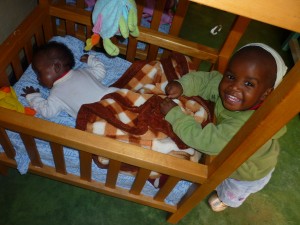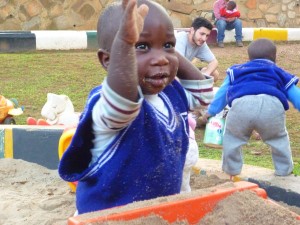Press Release
Hermitage Capital
Italian Parliament Debates Response to the Magnitsky Case
30 May 2012 – The Italian Parliament held a debate on the Magnitsky motion on Monday, giving one of the strongest condemnations yet of any European national parliament of Russia’s handling of the torture and murder in police custody of 37-year old Russian whistle-blowing lawyer Sergei Magnitsky. The Magnitsky motion was introduced by Matteo Mecacci, MP from Italy’s Democratic/Radical Party, and Chair of the Committee on Democracy, Human Rights and Humanitarian Questions at the OSCE Parliamentary Assembly.“The Magnitsky case is a test for European politics. We are calling on European countries, and in this case on Italy, to act to stop officials responsible for the torture and murder of an innocent and corageous man, from freely traveling and investing in our nation. This is not a question of politics, is a question of human justice that needs to have an answer,” said Matteo Mecacci, MP.
Supported by representatives from five different parties in the Italian parliament, the motion calls for visa bans and asset freezes on the 60 Russian officials identified by the US Helsinki Commission for their role in the false arrest, torture and death of Sergei Magnitsky and the $230 million corruption he uncovered.
The Magnitsky motion calls the two-and-a-half year investigation into Magnitsky’s death “unsatisfactory” and condemns the posthumous prosecution launched against Mr Magnitsky.
“The proceedings initiated by Russian authorities in order to ascertain the cause of Magnitsky’s death have to date been completely unsatisfactory, culminating… in the reopening of a proceeding against Magnitsky, thus giving rise to the first proceeding against a deceased person in the history of the Russian Federation,” says the Italian motion.
“The detailed complaints which were recorded and expressed by Magnitsky himself over the course of his imprisonment have allowed accurate identification of those responsible 60 people within the Russan government…who have not to date been subject to due criminal process,” says the motion.
The motion urges the Italian government to act by imposing sanctions on the 60 Russian officials:
“To not issue entrance visas to the sixty people on the Cardin’s list in Italian territory or under Italian jurisdiction, and to identify, if any, the assets belonging to the sixty people on the Cardin’s list…and to take the appropriate measures in order to attain a substantial block on the availability of said assets.”
In addition to Mecacci, the motion is supported by Italian parliamentarians Luca Volontè, Fabio Evangelisti, Gianni Vernetti, Lapo Pistelli, Ricardo Migliori, Ettore Rosato, Marina Sereni, Antonio Misiani, Rita Bernardini, Elisebetta Zamparutti, Maurizio Turco, Maria Antonietta Farina Coscioni, and Marco Beltrandi.
During the debate, “The People of Freedom” party introduced a different motion on the Magnitsky case. It recognised that the Russian government failed to provide clear answers to the EU on the Magnitsky matter, but stopped short of calling for Italy to impose visa sanctions and asset freezes on the complicit Russian officials.
“The People of Freedom” party was launched five years ago by Silvio Berlusconi, former Prime Minister and a friend of Russian president Vladimir Putin. Mr Berlusconi was one of the few Western leaders who attended President Putin’s inauguration on 7 May 2012 in Moscow.
“We are calling on the Italian government not to allow Russian torturers and murders to come into Italy,” said a representative of Hermitage Capital. “We hope that personal friendships don’t get in the way of justice.”
The Magnitsky motion is now going into the consultation phase between various factions in the Italian parliament and the Italian government. It should be voted on at a plenary session next week.
For further information please contact:
Hermitage Capital
Phone: +44 207 440 17 77
E-mail: info@lawandorderinrussia.org
Website: http://lawandorderinrussia.org
Facebook: http://on.fb.me/hvIuVI
Twitter: @KatieFisher__
Livejournal: http://hermitagecap.livejournal.com/




